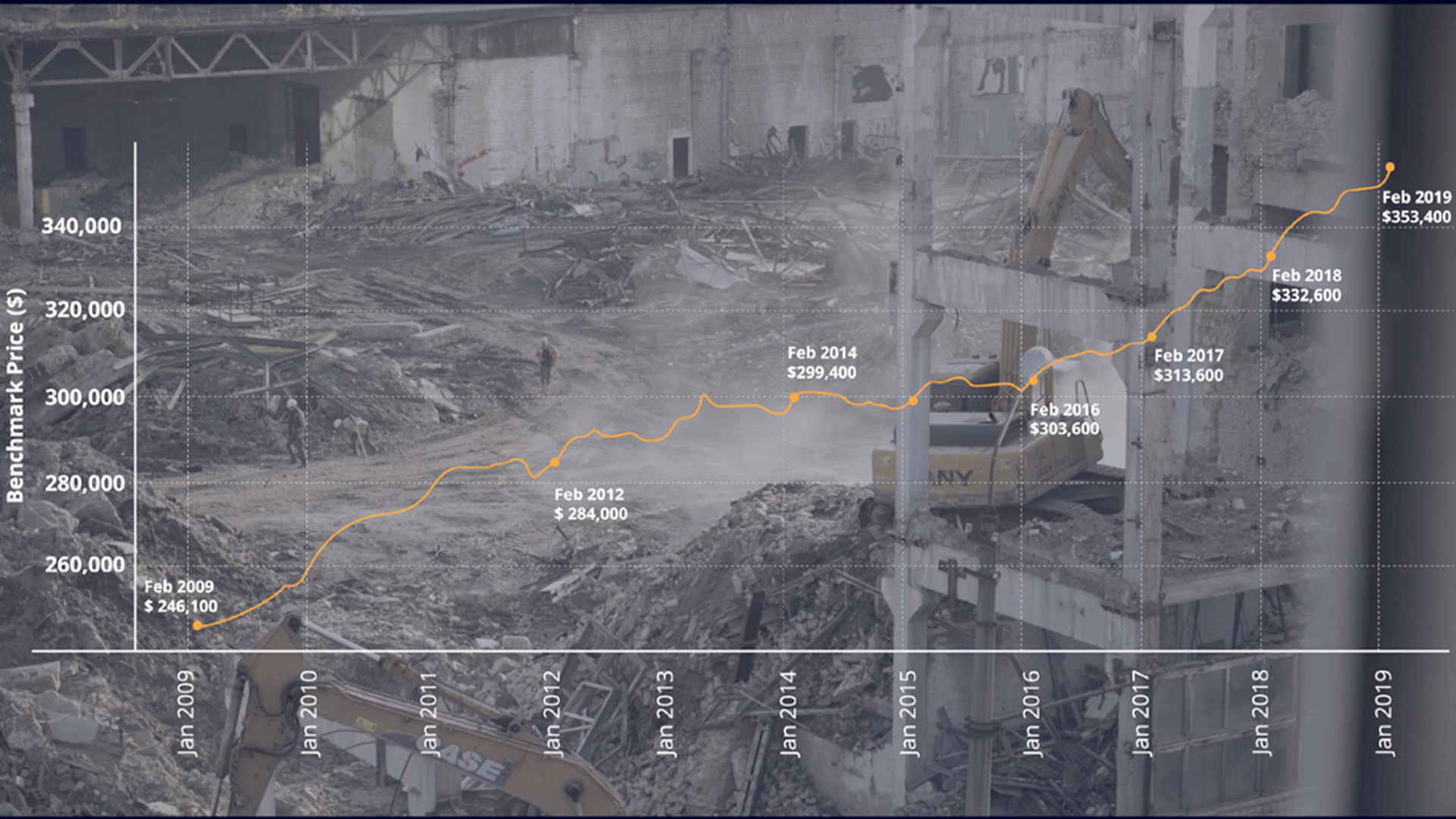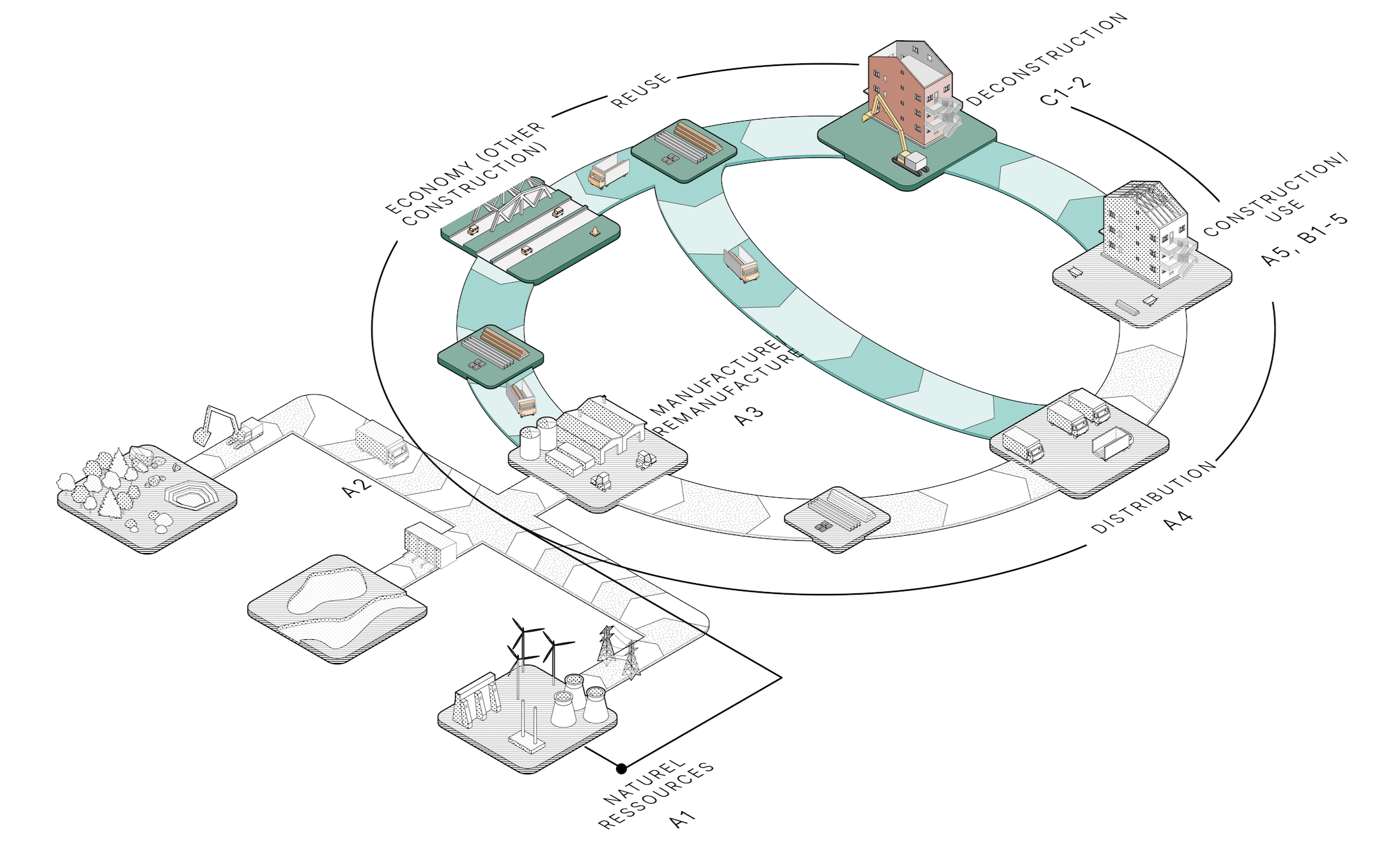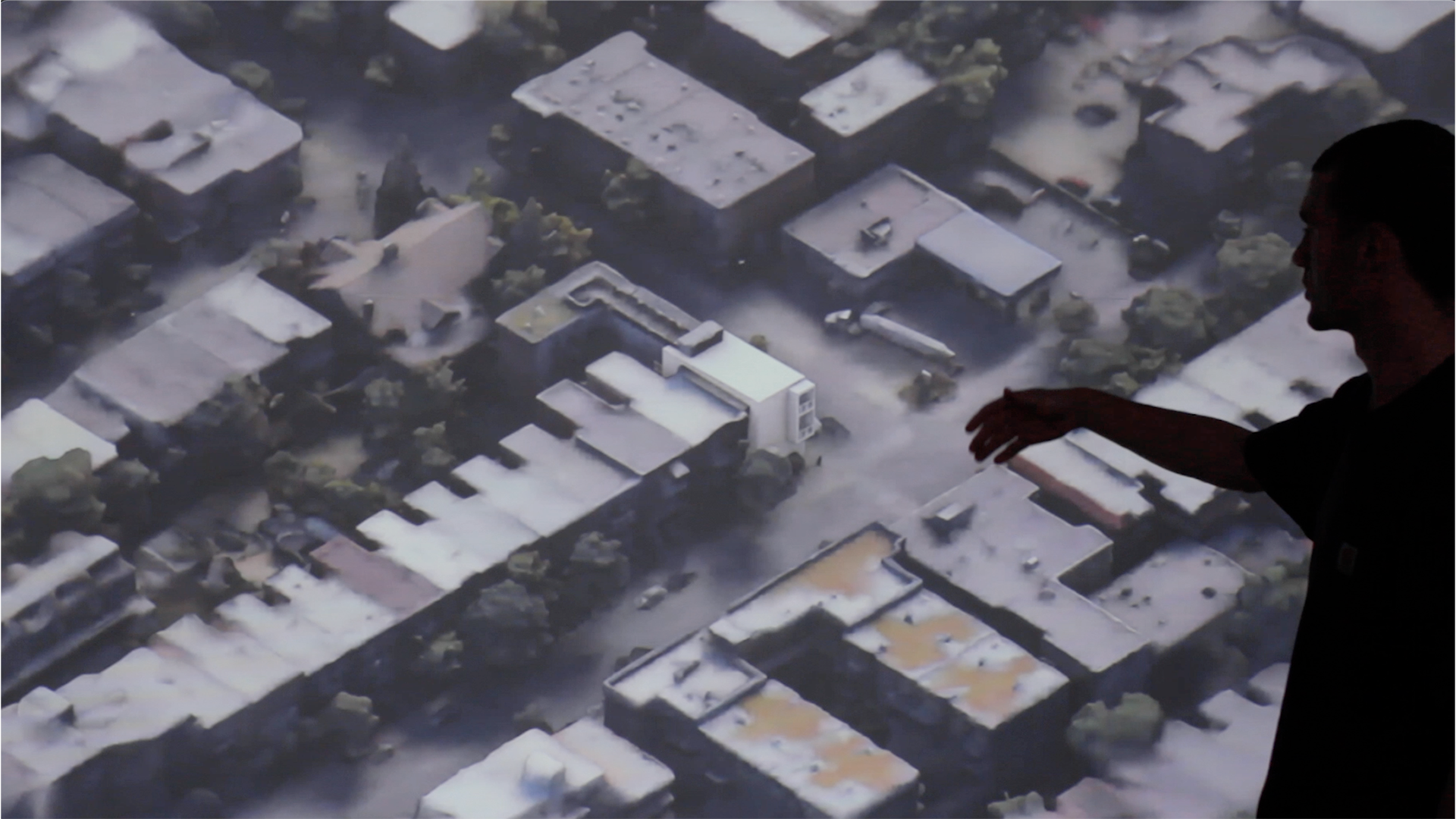A SSHRC-funded investigation on the challenges and opportunities that a Circular Economy offers to the Canadian Architecture Engineering and Construction (AEC) industry
The built environment process, from material extraction to building deconstruction, relies on the production and consumption of natural resources following a linear model of ’take, make, waste’. A circular economy (CE) offers an alternative approach where waste is designed out of the building life cycle, treating materials as untapped resources rather than waste. A CE in the built environment promotes the transition to zero waste cities in an effort to significantly curb global greenhouse gas (GHG) emissions by up to 20% towards meeting the Paris Agreement goals. However, current literature which outlines principles and applications of CE in relation to the built environment typically focuses on nonCanadian contexts primarily Europe. These contexts face different challenges and considerations when implementing CE in the built environment, because unlike Canada, they have a lack of landmass to accommodate landfills and face a critical shortage of national resources. For the first time, a recent Council of Canadian Academies (CCA) report focused on the opportunities a CE could offer Canada and highlighted, in particular, the potential of CE for the Canadian construction industry. However, this study presents an overarching analysis focusing on all industries within Canada’s economy. Therefore, there is a gap in the literature in terms of a detailed study that focuses primarily on the potential of the CE in relation to the architecture, engineering, and construction (AEC) industry in Canada and how best it could be implemented. This research proposal aims to fill this gap via a detailed study that strives to generate new knowledge on the challenges and opportunities that a CE offers to the Canadian AEC industry. Methodologically, it will draw on international and Canadian data, via an extensive literature review and semistructured interviews, to gain an understanding of current circular practices and principles already at play in the Canadian AEC industry. It will explore potential opportunities that a CE may offer the industry. It will focus on Canadian specific obstacles which may currently hinder the implementation of a circular approach and suggest policy levers which may enable the advancement of CE in the industry. It will carry out a series of life cycle analyses to help fill datagaps in order to understand the environmental, economic, and social impacts associated with adopting key CE principles across the building life cycle. A series of comparative life cycle analyses will study a linear versus a circular approach across three scenarios, namely (1) minimizing waste and promoting material reuse, (2) designing with methods that facilitate disassembly at the end of use phase, and (3) intensifying the use of buildings by considering space as a resource to converse much like energy or water. Dissemination will take multiple formats from scholarly literature and the generation of new data to an extensive report as well as a website with digital resources for industry professionals. Knowledge sharing activities and outputs are targeted at different audiences from the scientific community to policymakers and the AEC industry across Canada. Although, this research is precisely targeted with a focus on the Canadian context, the methodologies used to generate data from across the life cycle to understand environmental, economic, and social impacts of CE approaches simultaneously, are intended to have global benefit in advancing knowledge in this emerging area of research. In short, this project acts as a catalyst in opening new frontiers of research which explore the promising potential of advancing a CE in the Canadian AEC industry towards facilitating a circular, more sustainable, built environment.
This research is funded by Social Sciences and Humanities Research Council (SSHRC) Canada, Insight Development Grant

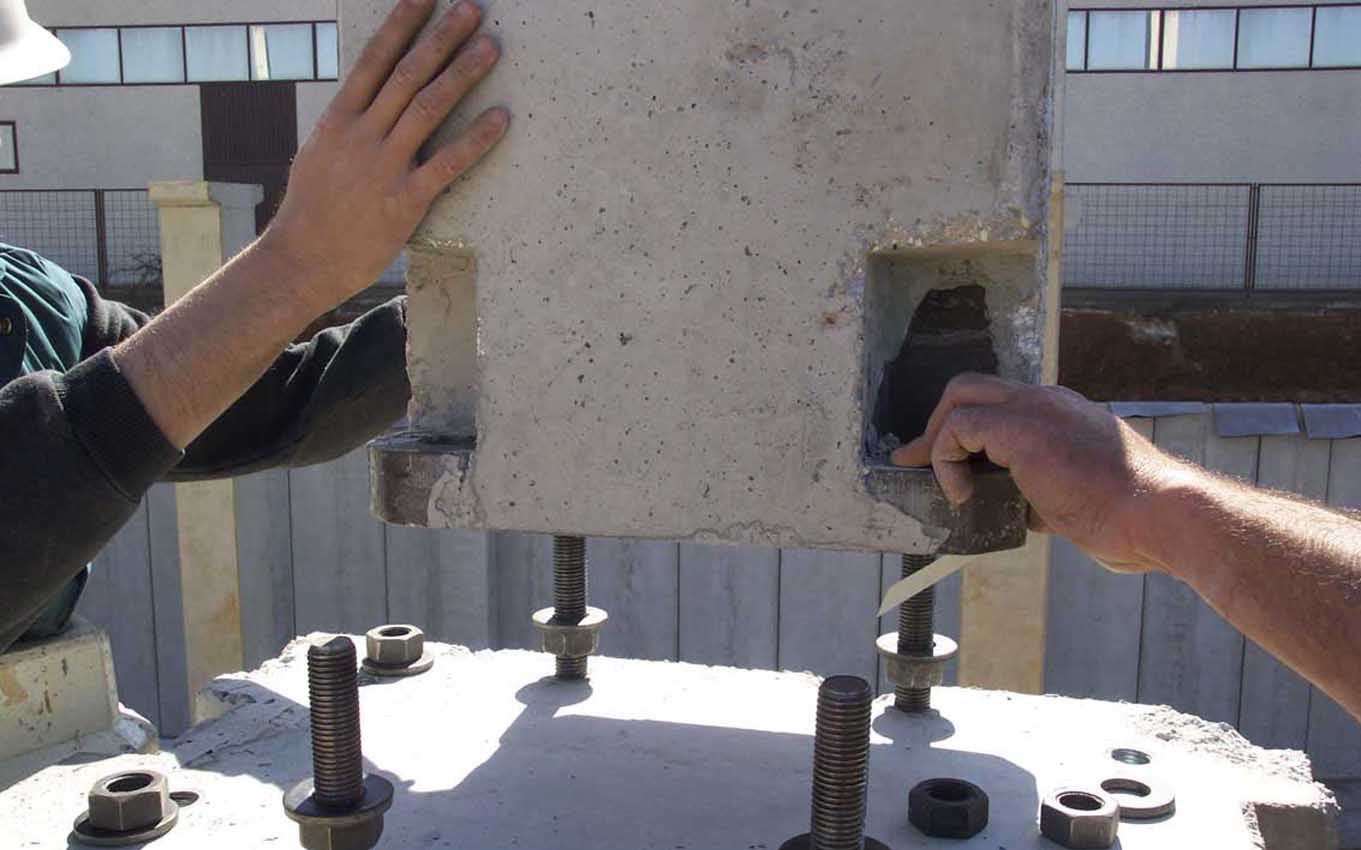
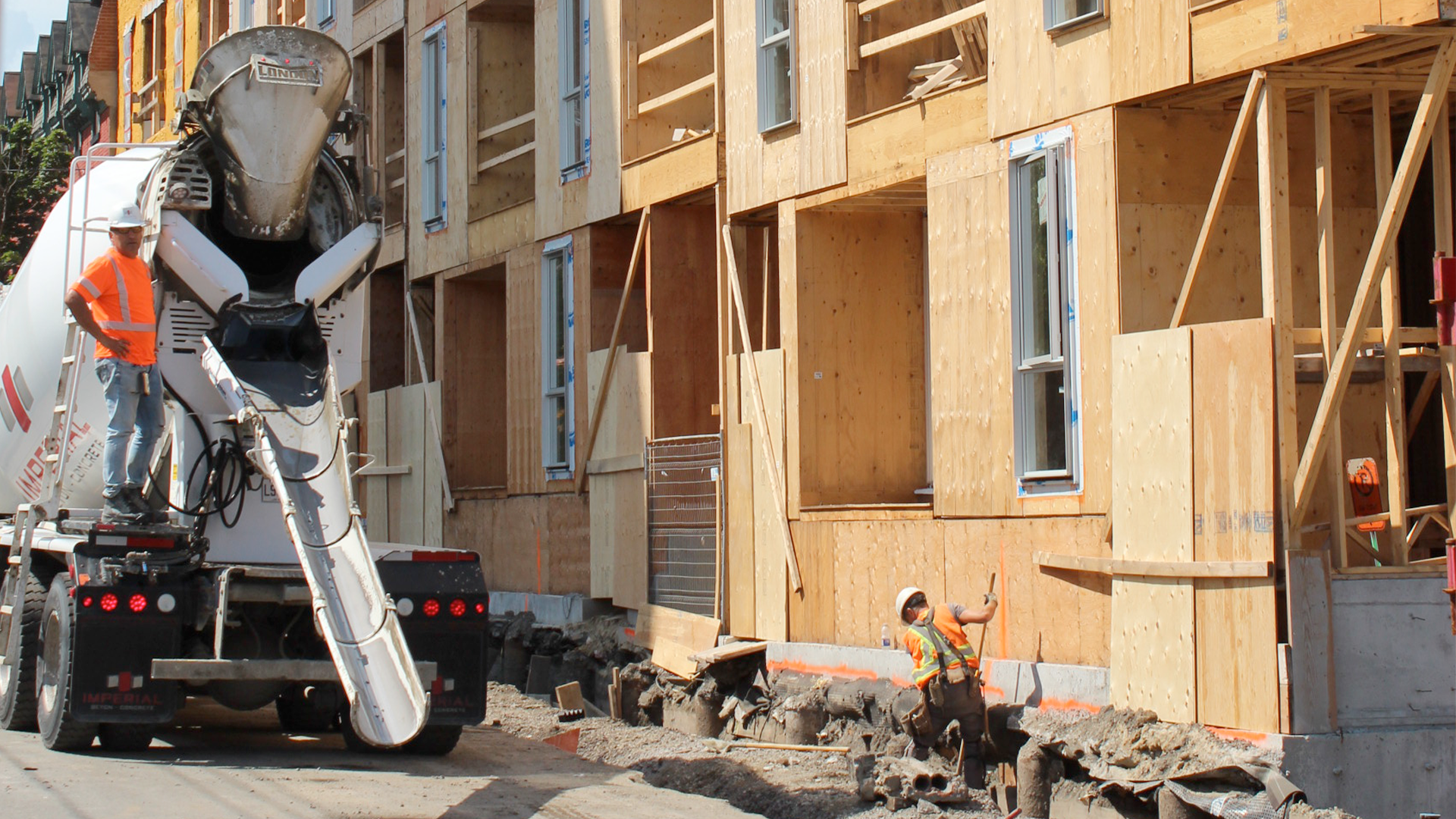
 DATA HOMEBASE
DATA HOMEBASE